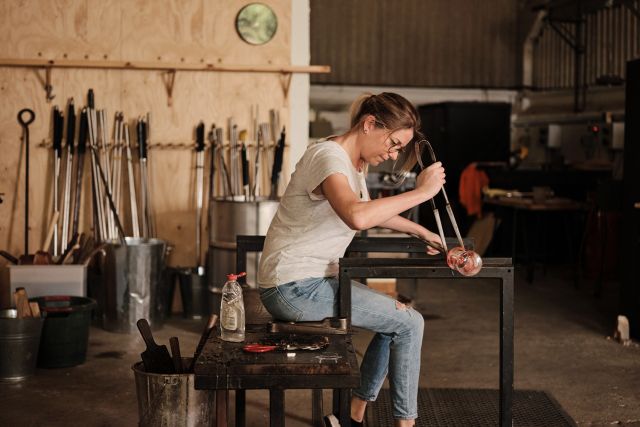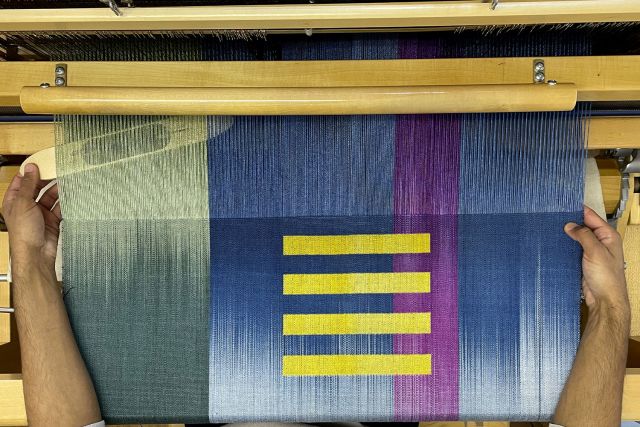This large porcelain vase is made in two sections, drawing from the technique used in Korea to make moon jars. The single, large black underglaze brushstroke meanders across it, starting with a big explosion and ending with a soft, quiet movement. Inspired by the beauty of round things where one can never see the whole of them at once, each angle looking very different, this vessel is one of a series of larger pieces. Tom Kemp is working towards creating work which is on his bodily scale, so that the written strokes involve his entire body working in sympathy with the form.
Height 46 cm
Diameter 46 cm
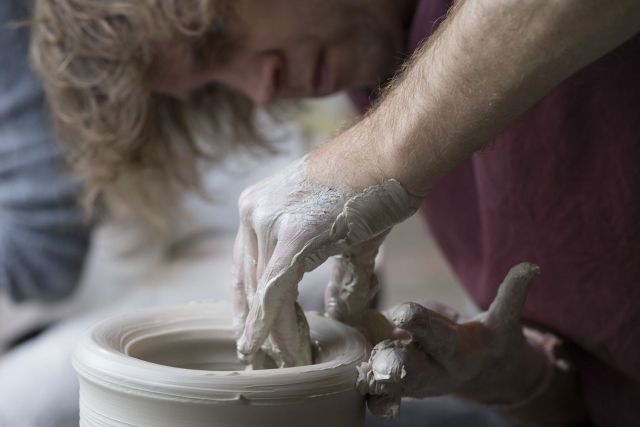
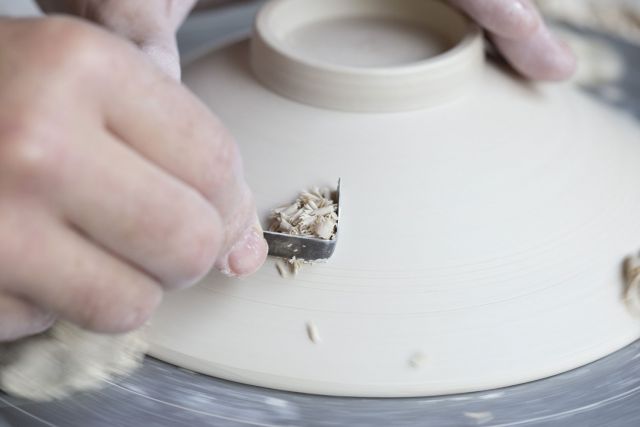
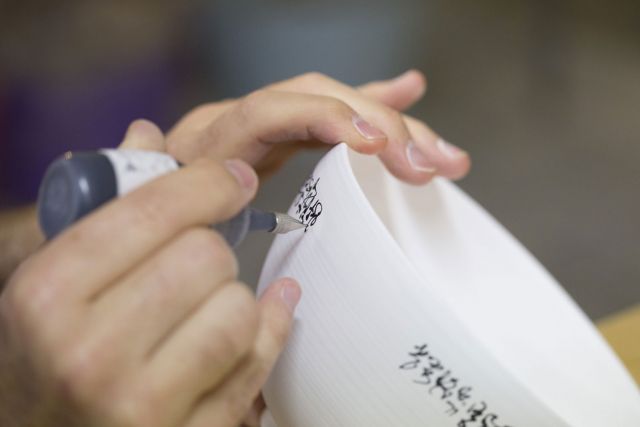
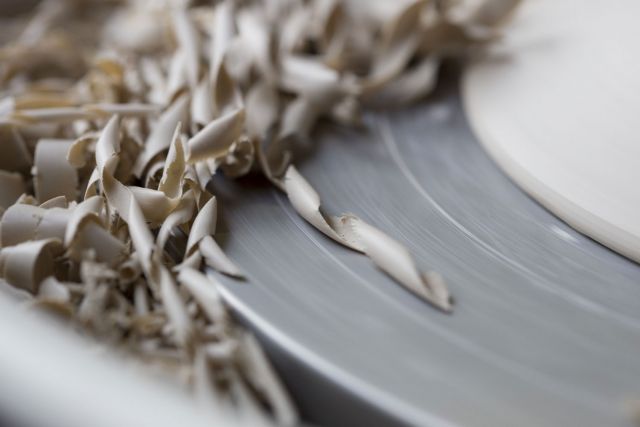
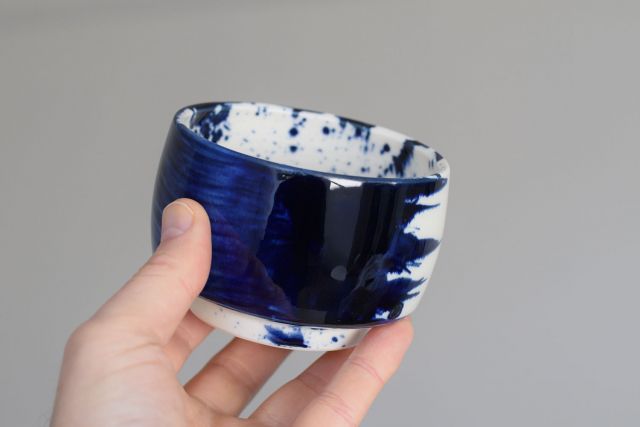
Tom Kemp
- Ceramicist
- Holsworthy, United Kingdom
- Master Artisan
- Recommended by Creative Academy
By appointment only
+44 7976730563
Striking ceramics
- • Tom unites ceramics and ancient calligraphy
- • His works are writings without language
- • He teaches his brain through his hands
Tom Kemp describes himself as being a self-taught artist working with two different crafts: calligraphy and pottery. When he was still working in theoretical computer science, he studied the brush techniques of ancient Roman signwriters. “I became fascinated by the square-edged brush when I saw someone using one in a very free way, brushing water onto a dusty blackboard. Something about the shiny, huge, elegant black strokes was very appealing.” A weekend pottery class got him hooked on ceramics but it was only once he started selling his first pieces that he decided to take the plunge, change careers and open his own studio. Inspired by any ancient writing and pottery, his pieces are an expression of flow manifested in circular shapes and large brush strokes.
Read the full interviewWorks
Photo: © All rights reserved

Photo: © All rights reserved
Tom Kemp started mixing black porcelain as a way of experimenting without glaze, which is a thin layer of glass coating a work and is often quite shiny. The white stroke, perhaps bizarrely, is derived from an ancient Roman letterform, just executed much more rapidly and, of course, on a curved surface. He thinks of it as an intimate record of those few moments when that was all he had to do in the world.
Height 20 cm
Diameter 13 cm

Photo: © All rights reserved
This porcelain piece is a classical, heart-shaped vase. It is such an old and universal form with examples in museums around the world. Tom Kemp has 'written' a set of interconnecting strokes with black underglaze in the form of a pencil. Each stroke involves modulation of pressure so that it is more dense in the middle, tailing off at the end. It is a 'text' without language in which the more-or-less vertical strokes interfere with the horizontal throwing rings of the vessel.
Height 21 cm
Diameter 19 cm

Photo: © All rights reserved
This Tom Kemp piece is an unglazed vessel with a wide mouth and very dark depths made out of black porcelain. In the white underglaze brushstroke one can see the changes in angle and pressure made with the square-edged brush. It is an infinitely variable writing tool, deriving from the traditional middle eastern and western writing tools of reed and quill pens. This stroke was a struggle to maintain as the brush was being used at its maximum angle, which means maximum friction. There is a natural time for each stroke: too slow and it becomes laboured and heavy; too fast and it ends up following Newton's first law of motion, ruining any curves.
Height 39 cm
Diameter 27 cm





